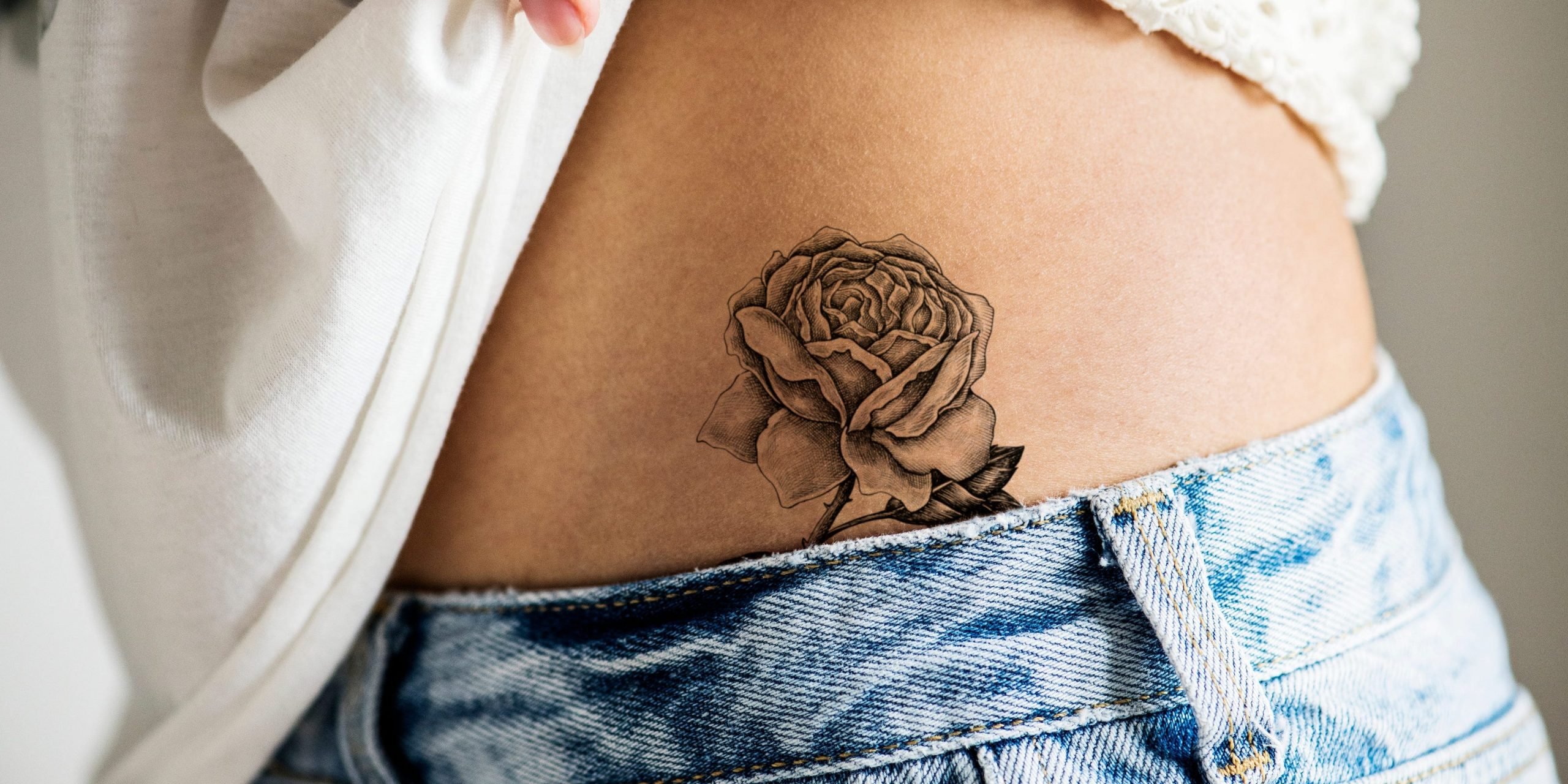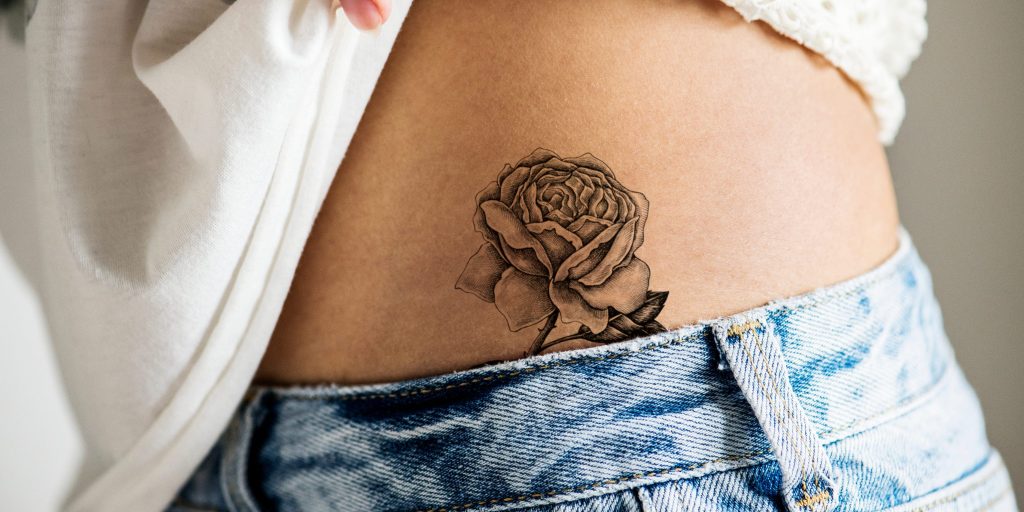
Rawpixel.com/Shuttershock
- An infected tattoo often comes with symptoms like redness, swelling, pus, and blistering.
- If your symptoms are accompanied by a fever or chills, you should seek immediate medical care.
- Treatment for infected tattoos most often includes a course of antibiotics from your doctor.
- Visit Insider's Health Reference library for more advice.
Tattoos can be a great way to get creative and express your individuality, but getting inked comes with risks. For example, up to 6% of people with tattoos experience an infection from their tattoo at some point.
Infections can happen if your tattooist uses unsterilized equipment, the ink gets contaminated, or if you practice poor tattoo aftercare. Here's how to identify the signs of an infected tattoo, and steps you can take to treat it.
Signs of an infected tattoo
It's normal to experience a little bit of redness around your tattoo for a couple days after getting it done. However, if any other symptoms pop up, this can be a red flag.
If your tattoo is infected, you may experience the following symptoms, says Christopher G. Bunick, MD, Yale Medicine dermatologist and associate professor at Yale School of Medicine:
- Redness that persists or worsens after a couple of days
- Warmth to the touch
- Swelling
- Pain
- Pus drainage
- Small blisters
- Small pink or red bumps
If the pain or swelling are severe, if there's foul-smelling pus, or if you have a fever and chills, you should seek medical care immediately as it could be a sign of a life-threatening infection called sepsis, says Susan Massick, MD, a dermatologist and associate professor of dermatology at The Ohio State University Wexner Medical Center.
How to treat an infected tattoo
How you treat an infected tattoo will depend on the kind of infection. Here are the different types of tattoo infections and how to treat them:
- Staph infections: This is the most common type of infection related to tattoos and is caused by the bacteria Staphylococcus aureus. If you have a staph infection, Bunick says this can typically be treated with a seven-to-14-day course of oral antibiotics.
- MRSA: If your infection is due to MRSA, a type of antibiotic-resistant staph, then you may need a specialized type of antibiotic. Though the medication may be different, the course of treatment will be the same as a regular staph infection: about one to two weeks of oral antibiotics.
- Atypical mycobacterial infection: Massick says antibiotic treatment for this type of infection is lengthier, and you may be prescribed the oral antibiotics for several months.
In cases of severe deep-skin infections, surgical treatments involving removing the skin with the tattoo may be necessary on top of antibiotics, Massick says.
Insider's takeaway
Due to the chance of infection, it's important that you minimize the risk as much as possible when you get a new tattoo. Massick says you should only seek out reputable tattoo studios and professionally licensed tattoo artists and make sure to ask questions about sterilization practices.
Just as importantly, follow after-care instructions. Keep an eye out for infection symptoms, and address them early to avoid a more severe infection that may require surgery and could ruin your new art.
